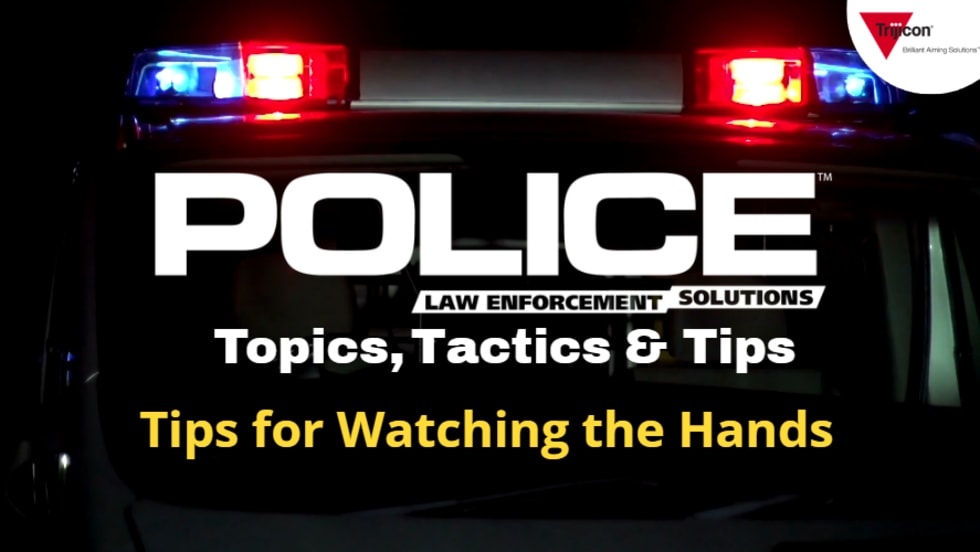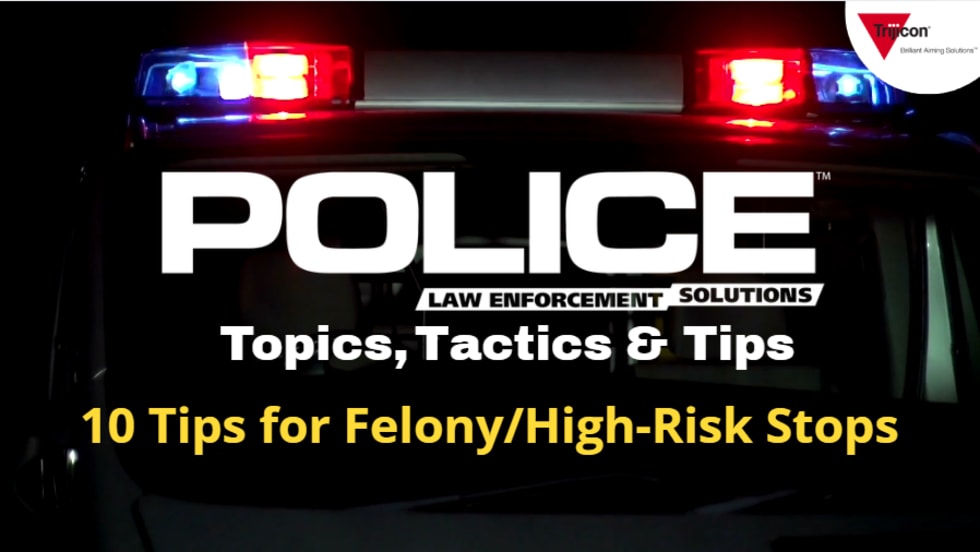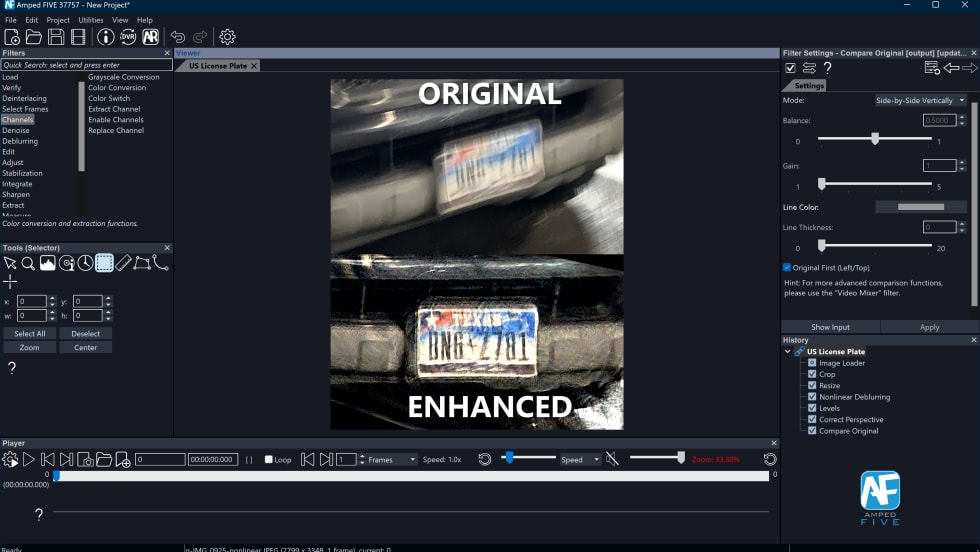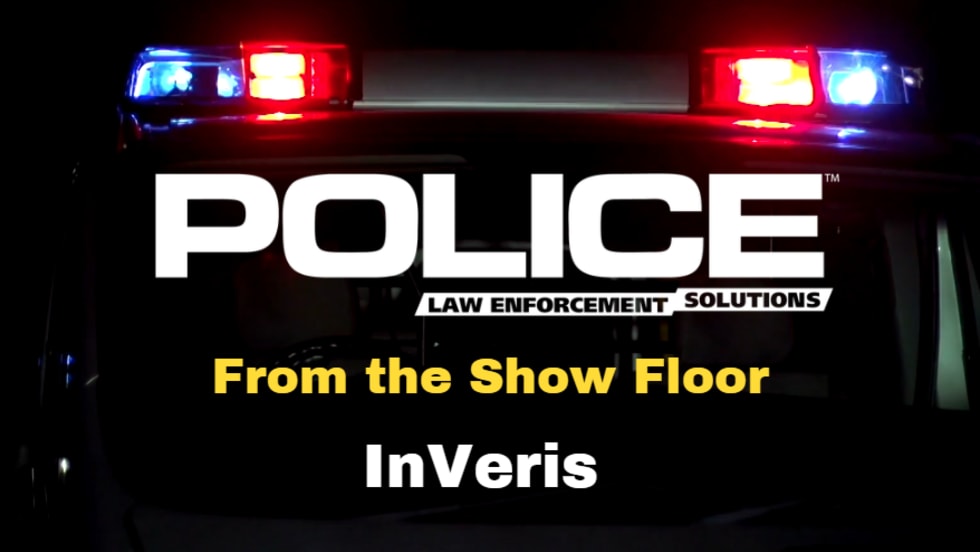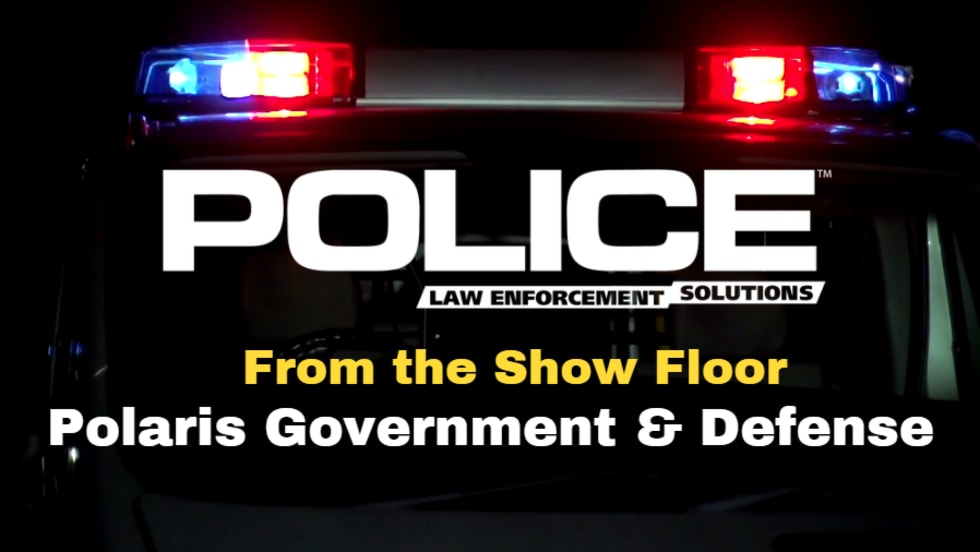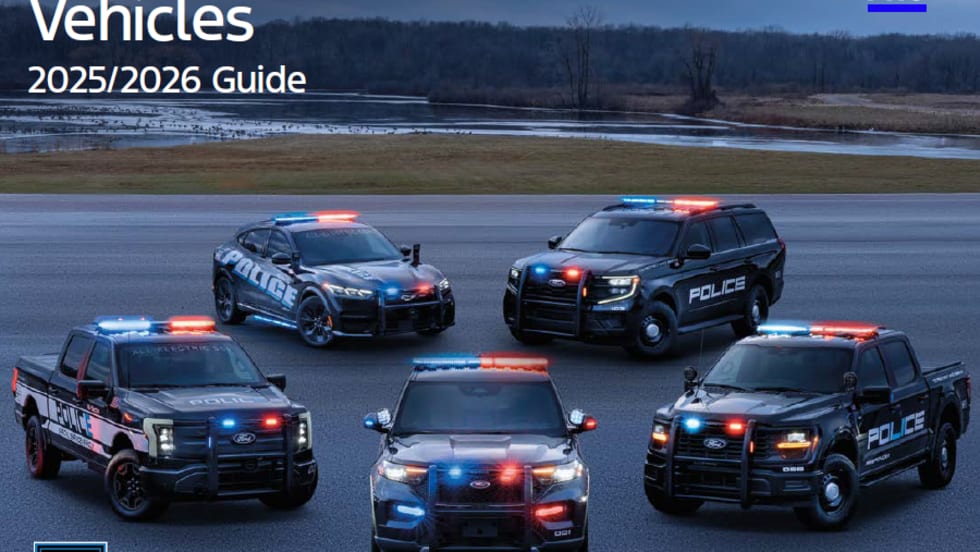The Fourth Amendment governs three forms of activity: searches (intrusions into privacy), seizures of the person (detentions and arrests), and seizures of property. If these acts are not authorized by judicial warrant, they must come within one or more of the court-created exceptions for warrantless search and seizure (Katz v. U.S.). One of these exceptions is called “plain view.”
Simply stated, if you are in a place where you have a right to be and you see accessible property in plain view that you recognize as contraband or the fruits, instrumentalities, or evidence of criminal activity, you may lawfully seize it (Warden v. Hayden). A number of Supreme Court opinions have further refined and limited the plain view exception.
Two Paths to Plain View
An object may be exposed to your view either with or without a prior search or a seizure of the person. Most claims of unlawful seizure of property are based on challenges to the earlier entry, search detention, or arrest that led to the discovery of evidence. For example, when a defendant moves to suppress the methamphetamine you seized, he is not really contending that you could not take the meth, but that you only found his drugs as the fruit of an unlawful detention, arrest, or search that brought the meth into view.
In these cases, the focus will be on the lawfulness of the search, detention, or arrest, rather than on the legality of the seizure of the property itself. A warrant or some exception must support the earlier search or seizure, in order to justify a resulting plain view seizure.
In other cases, items may be exposed to your view without your having engaged in any earlier search or seizure, such as where evidence is abandoned or revealed in a public place. In these cases, the seizure of the property “involves no invasion of privacy and is presumptively reasonable, assuming that there is probable cause to associate the property with criminal activity” (Payton v. New York).
Acquiring Access
The Supreme Court decision in Horton v. California summarized the plain view doctrine as having two essential ingredients: “First, not only must the item be in plain view; its incriminating character must also be immediately apparent. Second, not only must the officer be lawfully located in a place from which the object can be plainly seen, but he or she must also have a lawful right of access to the object itself.”
Note: Evidence may be exposed to plain view but may not be reachable without a warrant or other exception because it requires you to make an entry into private premises. A suspect might have an illegal marijuana plant growing in a pot inside a residential window, for example.




